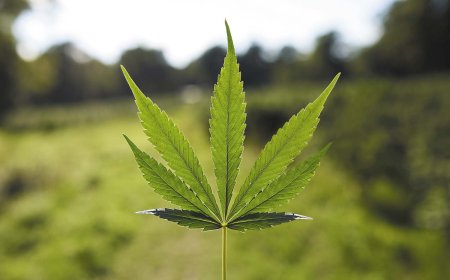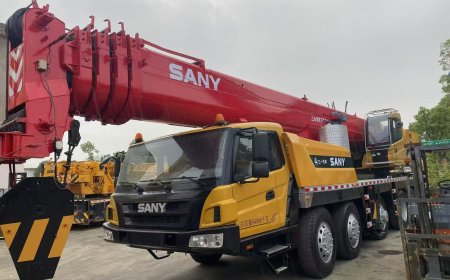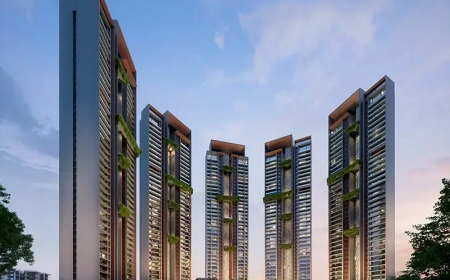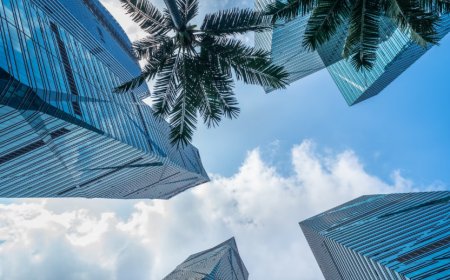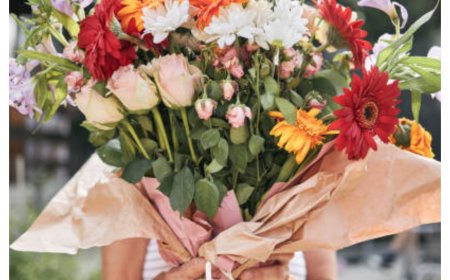Hidden Gems of Bhutan: Monasteries, Fortresses, and When to Visit Them
Discover the hidden gems of Bhutan, from the unique architecture of Thetamchoe Monastery to the vibrant cultural festivals. Learn about the best time to visit Rinpung Dzong, Bhutan’s weather, lesser-known sites, and practical travel tips for an unforgettable Himalayan journey.

Bhutan, the Land of the Thunder Dragon, is a kingdom that beautifully balances modern development with ancient culture. Nestled in the Eastern Himalayas, it offers breathtaking scenery, unique heritage, and peaceful monasteries. Though Bhutan is famous for places like Tigers Nest and Punakha Dzong, there are many hidden gems that travelers often miss.
One such hidden treasure is the architecture of Thetamchoe Monastery. This stunning piece of Bhutanese heritage sits quietly near Paro and showcases traditional woodwork, intricate murals, and layered roof structures. Thetamchoe may not be as popular as other monasteries, but its spiritual vibe and ancient design make it a must-visit for architecture lovers.
When exploring Bhutans secrets, timing matters too. For example, the best time to visit Rinpung Dzong is from March to May or September to November. During these months, the weather is pleasant, the skies are clear, and you can enjoy the famous Paro Tsechu festival in full swing. The fortress lights up with local dances, traditional costumes, and mask performances, offering a glimpse into Bhutans vibrant culture.
Why Bhutan Is Unlike Any Other Destination
Bhutan is the worlds only carbon-negative country. It charges a daily fee to tourists, known as the Sustainable Development Fee (SDF), to preserve its environment and traditions. This unique approach keeps mass tourism in check, making every travel experience in Bhutan feel personal and immersive.
Unlike fast-paced tourist hubs, Bhutan invites you to slow down. You can walk through rice fields, meditate with monks, or enjoy hot stone baths in remote villages. Every valley holds a story, every dzong (fortress) holds a piece of history, and every monastery sings ancient chants.
Top Hidden Monasteries and Fortresses in Bhutan
Lets uncover some lesser-known sites that you should add to your Bhutan itinerary.
1. Thetamchoe Monastery An Architectural Delight
Located just outside Paro, Thetamchoe is a peaceful monastery often missed by mainstream tourists. Its main temple is adorned with faded frescoes, while its wooden beams tell tales of ancient Bhutanese craftsmanship. The architecture of Thetamchoe Monastery is a perfect example of Bhutans ability to blend spirituality with design. Built without nails, like many structures in Bhutan, it relies on ancient joinery techniques passed down through generations.
2. Rinpung Dzong Fortress of the Heap of Jewels
Rinpung Dzong is one of the most important dzongs in Bhutan, both spiritually and historically. It sits on a hill above the Paro River, offering views of the entire valley. This fortress once defended Paro from Tibetan invasions and now houses monks and administrative offices. The best time to visit Rinpung Dzong is in spring or autumn, not only for the weather but also to catch cultural festivals that bring this ancient place to life.
3. Lhuentse Dzong The Most Remote Fortress
Lhuentse is far from the main tourist trail, but it offers raw beauty and untouched traditions. Located in eastern Bhutan, Lhuentse Dzong is perched on a rocky cliff above the Kuri Chu River. Getting there involves a long journey, but the view and the calmness are worth it. Its also the ancestral home of Bhutans royal family.
4. Gangtey Monastery A Glimpse into Nature and Faith
Set in the Phobjikha Valley, Gangtey Monastery is home to black-necked cranes that migrate from Tibet. The valley is a conservation area, making it a great place to combine birdwatching with spiritual exploration. The monastery itself follows the Nyingma school of Buddhism and has been a center for learning and meditation since the 17th century.
Bhutanese Architectural Style: Simplicity with Soul
Bhutanese architecture is not flashy, but its full of heart. Structures are made with natural materials like stone, timber, and earth. Roofs are gently sloped and painted in earthy tones. Youll rarely find buildings that rise above five stories because Bhutanese law protects traditional views and skylines.
Monasteries and dzongs are usually built on ridges or hills, aligning with feng shui principles. They serve as spiritual centers and community gathering places. Colorful mandalas, lotus patterns, and dragon carvings are commonly seen on walls and beams, telling stories of Buddhist mythology.
When to Visit Bhutan
Bhutan has four main seasons, each offering something unique. Heres a breakdown to help you plan:
Spring (March to May)
-
Flowers bloom, including the national flower blue poppy
-
Ideal for trekking and festivals like Paro Tsechu
-
Best time to visit Rinpung Dzong
Summer (June to August)
-
Lush green landscapes
-
Less crowded but heavy rain in some regions
Autumn (September to November)
-
Clear skies and stunning mountain views
-
Popular for hiking and cultural celebrations
Winter (December to February)
-
Fewer tourists
-
Snow-capped scenery, especially in higher areas
-
Great time for photography and peaceful monastery visits
What Makes Bhutan's Hidden Gems Special?
-
Fewer crowds: Skip the popular spots and enjoy solitude
-
Authentic experiences: Interact with locals and witness daily rituals
-
Cultural immersion: Learn about Bhutanese life without the tourist filter
You can enjoy your time meditating in ancient temples, watching monks chant prayers, or simply sipping butter tea with a mountain view.
Things to Keep in Mind While Visiting Bhutan
-
Visa: All international tourists (except Indians, Bangladeshis, and Maldivians) require a visa and must book through a licensed tour operator.
-
SDF Fee: Tourists must pay a daily fee (usually $100-200) to promote sustainable tourism.
-
Respect the culture: Always dress modestly while visiting monasteries. Photography is not allowed inside most temples.
-
Altitude: Some areas in Bhutan are at high altitudes. Drink water and pace yourself to avoid sickness.
Quick Tips for an Amazing Bhutan Trip
-
Hire a local guide for a deeper understanding of sites
-
Carry layers, as the weather changes quickly
-
Try local dishes like Ema Datshi (chili cheese) and momos
-
Use local SIM cards for better connectivity
-
Dont forget your travel insurance
FAQs
1. Is Bhutan expensive to travel to?
Bhutan is slightly more expensive than other Asian countries due to the SDF, but this fee helps preserve its environment and culture. Its a small price for a unique and meaningful experience.
2. Can I travel solo in Bhutan?
Solo travel is allowed but must still be organized through a licensed tour operator. Even if you're alone, you'll have a guide and driver during your stay.
3. What should I wear while visiting monasteries?
Wear long pants and cover your shoulders. Avoid hats inside monasteries. Respect local customs and signs.
4. Do I need to book in advance for festivals?
Yes! Major festivals like Paro Tsechu attract both locals and tourists. Its best to book your trip 36 months in advance.
5. Is Thetamchoe Monastery open to tourists?
Yes, but its not heavily promoted. You may need to check with your guide for the best time and route to visit this peaceful site.
Conclusion
Bhutans beauty lies beyond the guidebooks. From the architecture of Thetamchoe Monastery to the vibrant energy during the best time to visit Rinpung Dzong, this Himalayan kingdom hides many treasures. Whether youre into history, nature, or just peaceful escapes, Bhutan welcomes you with open arms and timeless traditions.







